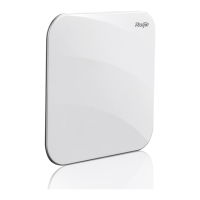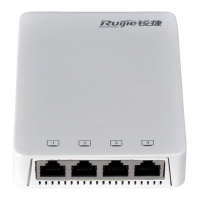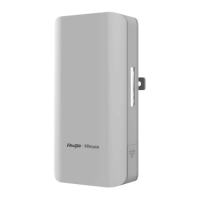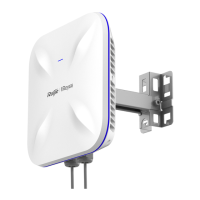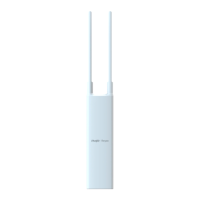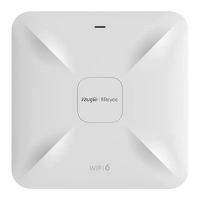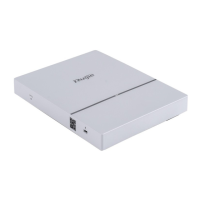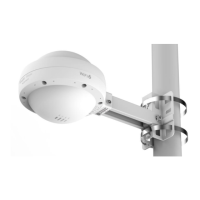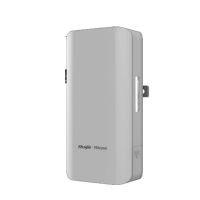Configuration Guide Configuring WQoS
1 Configuring WQoS
1.1 Overview
WLAN QoS (WQoS) is a wireless bandwidth control technology. It involves rate limiting and fair scheduling.
Rate limiting is used to limit the traffic of access points (APs), WLAN, or STAs, thus preventing the traffic from exceeding a
specified range. Rate limiting is applicable to scenarios where some STAs occupy too much bandwidth and other STAs do
not have sufficient bandwidth.
Fair scheduling, by dividing the time equally, resolves the problem that some nodes occupy the air interfaces for a longer
time, particularly low-rate nodes. Fair scheduling is applicable to all wireless networks.
Protocols and Standards
IEEE 802.11e-2005: Amendment 8: Medium Access Control (MAC) Quality of Service Enhancements, IEEE Computer
Society
Wi-Fi: WMM Specification version 1.1
1.2 Applications
N/A
1.3 Features
Basic Concepts
Rate Limiting
To better utilize the limited network resources and serve more users efficiently, the access device need to support rate
limiting. When the traffic rate conforms to the committed rates, packets are allowed to pass; otherwise, packets are
discarded.
The following parameters are used to evaluate the traffic:
Average Data Rate: It is the average flow rate that is allowed. It is also called committed information rate (CIR).
Burst Data Rate: It is the maximum acceptable rate of each burst data, also called committed burst size (CBS).The
configured CBS must be greater than the maximum packet length, that is, the maximum rate at which data is sent in a
period of 10 milliseconds. (The CBS in the unit of Kbps is equal to the maximum traffic in a period divided by 10
milliseconds).
Fair Scheduling
